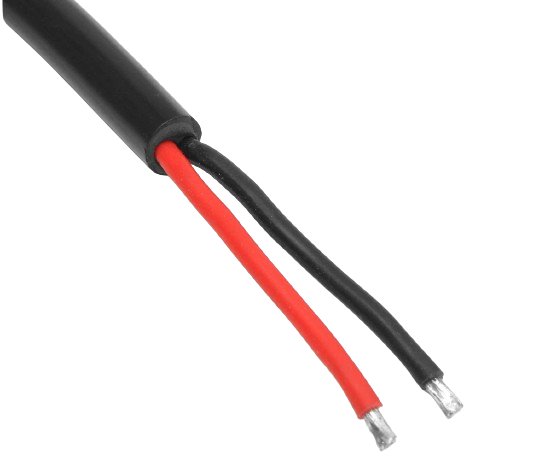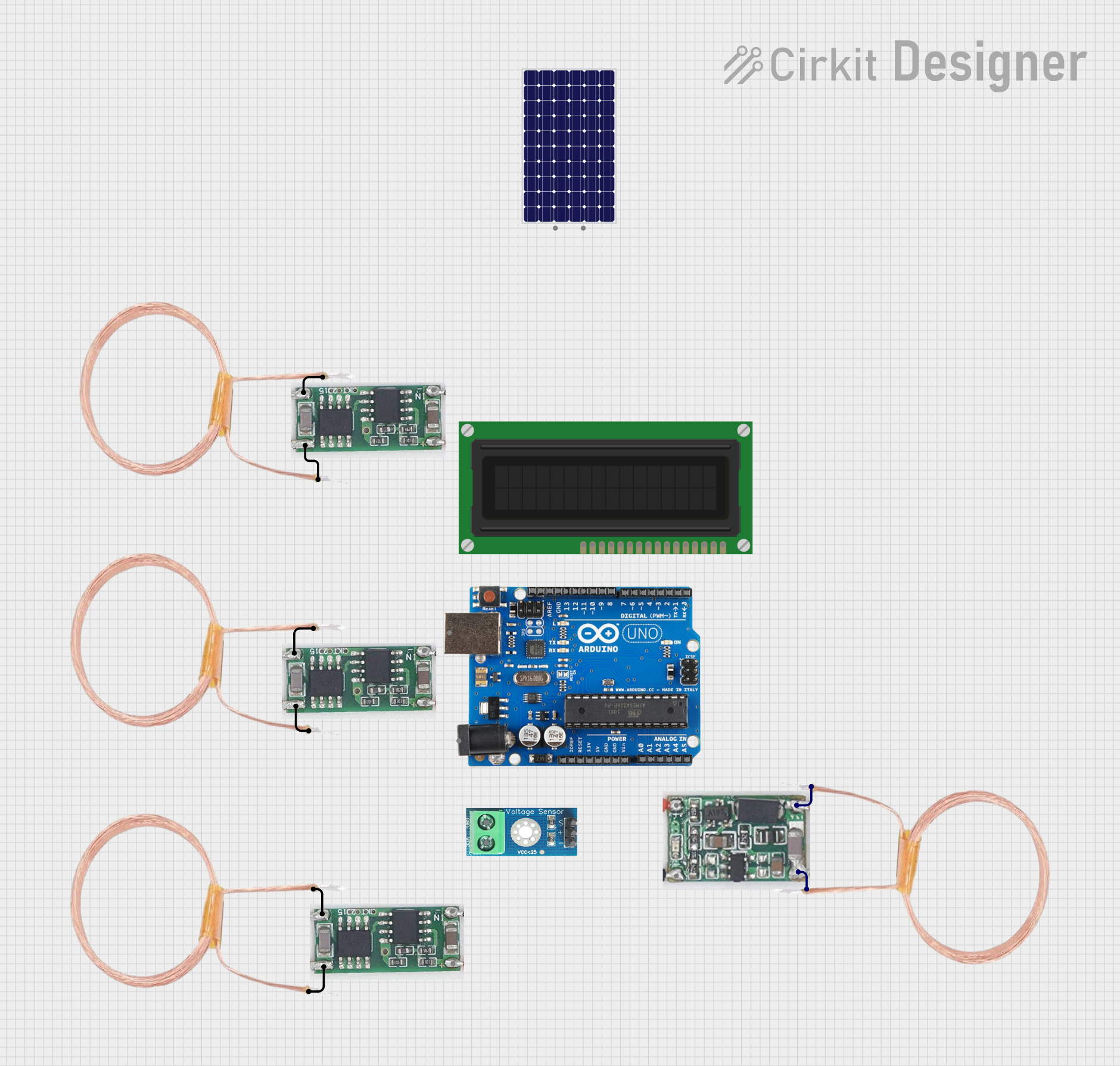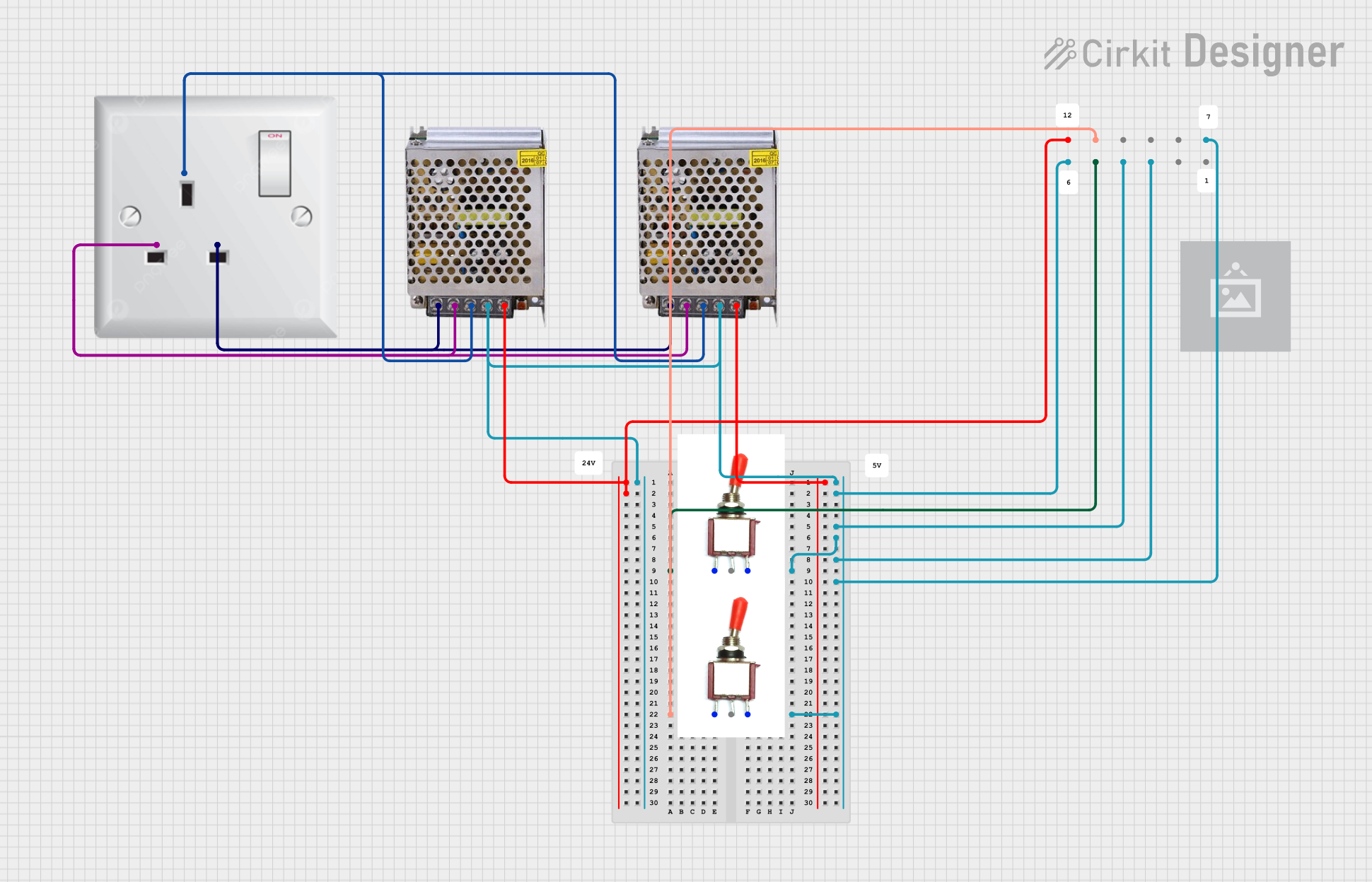
How to Use AC Wire: Examples, Pinouts, and Specs

 Design with AC Wire in Cirkit Designer
Design with AC Wire in Cirkit DesignerIntroduction
An AC wire is a fundamental component used in electrical circuits to conduct alternating current (AC) from one point to another. It is essential in connecting power sources to electrical devices, appliances, and machinery. AC wires are typically made of conductive materials such as copper or aluminum, which are chosen for their low resistance and high conductivity. These wires are insulated with materials like PVC, rubber, or Teflon to prevent electrical shocks and short circuits.
Explore Projects Built with AC Wire

 Open Project in Cirkit Designer
Open Project in Cirkit Designer
 Open Project in Cirkit Designer
Open Project in Cirkit Designer
 Open Project in Cirkit Designer
Open Project in Cirkit Designer
 Open Project in Cirkit Designer
Open Project in Cirkit DesignerExplore Projects Built with AC Wire

 Open Project in Cirkit Designer
Open Project in Cirkit Designer
 Open Project in Cirkit Designer
Open Project in Cirkit Designer
 Open Project in Cirkit Designer
Open Project in Cirkit Designer
 Open Project in Cirkit Designer
Open Project in Cirkit DesignerCommon Applications and Use Cases
- Household wiring for lighting and power outlets
- Internal wiring in appliances like refrigerators, air conditioners, and washing machines
- Power transmission in industrial settings
- Connection to motors and transformers
Technical Specifications
Key Technical Details
- Material: Copper or Aluminum
- Insulation: PVC, Rubber, Teflon, etc.
- Voltage Rating: Typically ranges from 110/120V to 220/240V for residential applications; higher for industrial applications
- Current Rating: Depends on the wire gauge and application
- Temperature Range: Varies with insulation material
Pin Configuration and Descriptions
Since an AC wire is a simple conductor without pins, this section is not applicable. However, the wire gauge (thickness) and color coding are important aspects to consider.
Wire Gauge
| AWG (American Wire Gauge) | Diameter (mm) | Current Capacity (Amps) |
|---|---|---|
| 14 | 1.628 | 15 |
| 12 | 2.053 | 20 |
| 10 | 2.588 | 30 |
| 8 | 3.264 | 40 |
| 6 | 4.115 | 55 |
Color Coding
| Color | Purpose |
|---|---|
| Black/Red | Live (Hot) Wire |
| White | Neutral Wire |
| Green/Bare | Grounding Wire |
Usage Instructions
How to Use the Component in a Circuit
- Identify the Load Requirements: Determine the voltage and current requirements of the load to select the appropriate wire gauge.
- Cutting and Stripping: Cut the wire to the needed length and strip the insulation at the ends to expose the conductive material.
- Connection: Connect the live (hot) wire to the power source and the load. Connect the neutral wire to complete the circuit. Ensure the grounding wire is connected to the earth ground.
- Inspection: Check for any exposed wires or loose connections.
Important Considerations and Best Practices
- Always turn off the power before working on electrical circuits.
- Use the correct wire gauge to prevent overheating and potential fire hazards.
- Follow local electrical codes and standards for wiring and insulation.
- Ensure proper color coding to avoid confusion and ensure safety.
- Secure connections with wire nuts or terminal blocks.
Troubleshooting and FAQs
Common Issues Users Might Face
- Overheating Wires: This could be due to using a wire gauge that is too small for the current load.
- Flickering Lights or Intermittent Power: Loose connections could be the cause.
- No Power: Check for a tripped circuit breaker or a blown fuse.
Solutions and Tips for Troubleshooting
- If wires overheat, turn off the power and replace them with wires of the correct gauge.
- Tighten any loose connections and ensure proper contact.
- Reset the circuit breaker or replace the fuse if necessary. If the problem persists, consult a professional electrician.
FAQs
Q: Can I use any color of wire for any purpose? A: No, it's important to follow the standard color coding for safety and maintenance purposes.
Q: How do I know which wire gauge to use? A: The wire gauge should be chosen based on the current capacity required for the load. Refer to the wire gauge table provided in the Technical Specifications section.
Q: Is it safe to work on electrical wiring by myself? A: If you are not experienced with electrical work, it is safer to consult a professional. Always follow safety protocols and local regulations.
Q: Can AC wires be used for DC applications? A: Yes, AC wires can be used for DC applications, but the voltage and current ratings must be appropriate for the DC system.
Note: This documentation is for informational purposes only. Always consult a professional electrician for electrical installations and repairs.